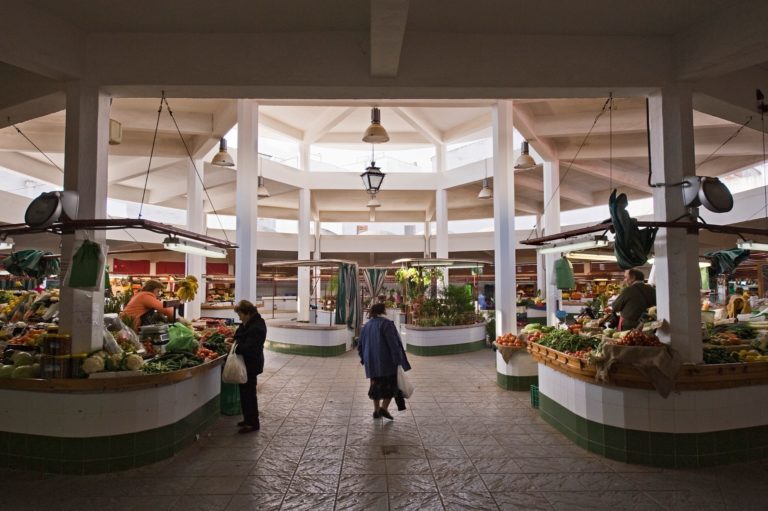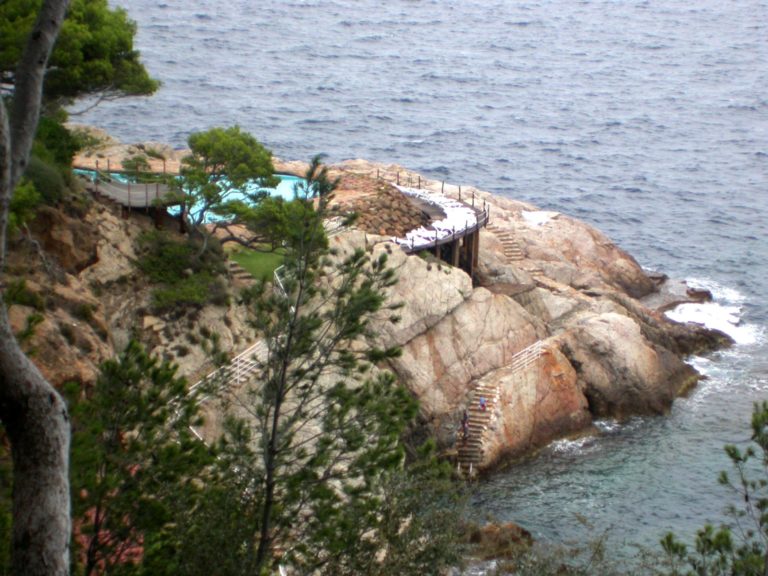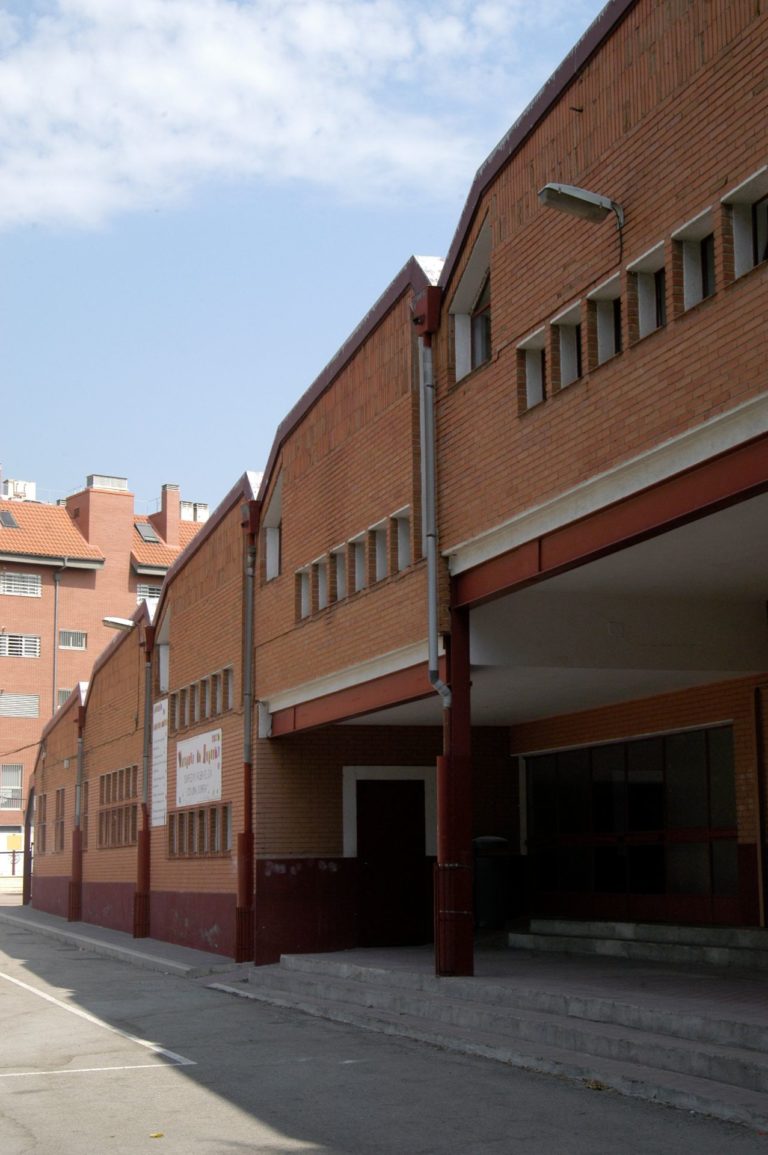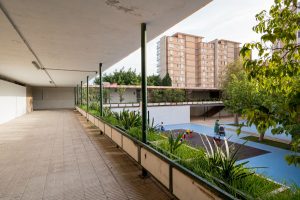Abstract
Intervention projects on built heritage have fostered new languages, methodologies and approaches in this new century. A multiplicity of processes that has been progressively increasing together with an increasingly complex, more digital and more technologically and scientifically developed society. The architecture project is always an organism with a large number of variables in its development stages. Issues such as territory, continuity, sociocultural context, artistic issues, programmatic and constructive demands, efficiency of facilities, etc … increase exponentially in difficulty and specificity when adding the condition of projecting on a pre-existence with a certain significant value. The intervention on a constructed element qualitatively determines its design strategy. Architecture is produced on architecture. The research aims to normalize and establish one more section in the intervention protocol on built heritage, which can be added to the roadmap that the discipline currently proposes, trying to amortize the most innovative interventions, publications and research that They have been produced since the beginning of the century. One more stage that can enrich the discipline of the contemporary project on architectural heritage. The research is inserted in the space provided by the new concept of anthropocene culture, in which the approach to the vestiges of any architectural pre-existence is carried out under a global vision typical of a society in permanent resignification of its values, a context cultural cross-section and a fully urbanized reality. Through the filtering of the different restoration treaties and letters of recent years, we have reached our days with an almost standardized roadmap when it comes to intervening on a built element. From the Charter of Krakow and its interdisciplinary contribution, and from the European Landscape Convention, as the final confluence of the two Letters of Athens, there is a redefinition of the new paradigm of the cultural heritage of the 21st century. An itinerary that has left aside more conceptual, intangible and immaterial issues that the built legacy carries, and that is also constitutive of its wealth. The research addresses the space left by three detected contemporary problems; the lack of development and specific study of the conceptual values on interventions in architectural heritage, the great debate on the degree of interventionism, and the scarcity of publications and research on project operational tools in the field of built heritage. The research first raises a review of the concept of heritage value and its repercussions on the transformation that an intervention on the built heritage entails. A description and classification of the main heritage values that can be found in pre-existing buildings is developed. Relying on the pre-existing bases in this matter, we start from an approach on the state of the art of what is understood by “patrimonial value”, to then propose an update of the same, which will serve as a vehicle for any conceptual intervention on a built complex. Secondly, a series of previous reflections or stages of thought are proposed that will determine the degree of availability, transformation and opportunity existing in each intervention. The analytical and conceptual study of the open interstitial margins that allow increasing the patrimonial legacy of each built complex. A series of reflections and guidelines that allow us to enter into a dialogue with all existing values in a harmonious way. A space to think, in the moment before projecting or transforming, in a somewhat gray field through which one usually passes very quickly in professional practice. Some of the main reflections on current conventions on the project in the built heritage are collected, seeking to print a “patina of sensitivity” on the designer, which helps him to intervene from his contemporary cultural moment, away from anachronisms or positions that may distort the legacy of values that a heritage group carries. The research closes its main nucleus in the development of a set of operational tools, which can be used interchangeably, and which are useful for the designer when intervening on a built complex. A series of actions classified by common behavior patterns on very specific edge conditions. An analysis of variables in various preexisting scenarios that seeks to establish optimal intervention guidelines. The proposed variables develop a conceptual and operational reading from common behaviors in each operational tool, which seek to find useful paths already drawn to intervene on the built complex. Tools broken down by their more conceptual nature, which seek to form a map or atlas of possibilities that could work in a combinatorial way. A trip arranged in three stages, looking, thinking and transforming, from the transversal perspective of different scientific and artistic fields that respond to the interest of illuminating more knowledge from contemporary complex logic. An investigation that pursues the transversality of other theoretical disciplines such as philosophical thought, the vision from fiction and beauty, the vindication of artistic experiences and the rigor of contemporary architectural analysis and criticism. It is intended to provide one more space for analysis in the contemporary disciplinary protocol on built heritage; redefine new valuation concepts, add new availability and intervention criteria, and determine a series of contrasted design tools available for transformation. A small contribution in the discipline, based on the new modes of intervention of the XXI century, on a built heritage that is increasingly complex in its own definition and significance, since the socio-cultural context itself is the one that defines his own heritage through his perception, his memories and his memory.
Access the thesis











